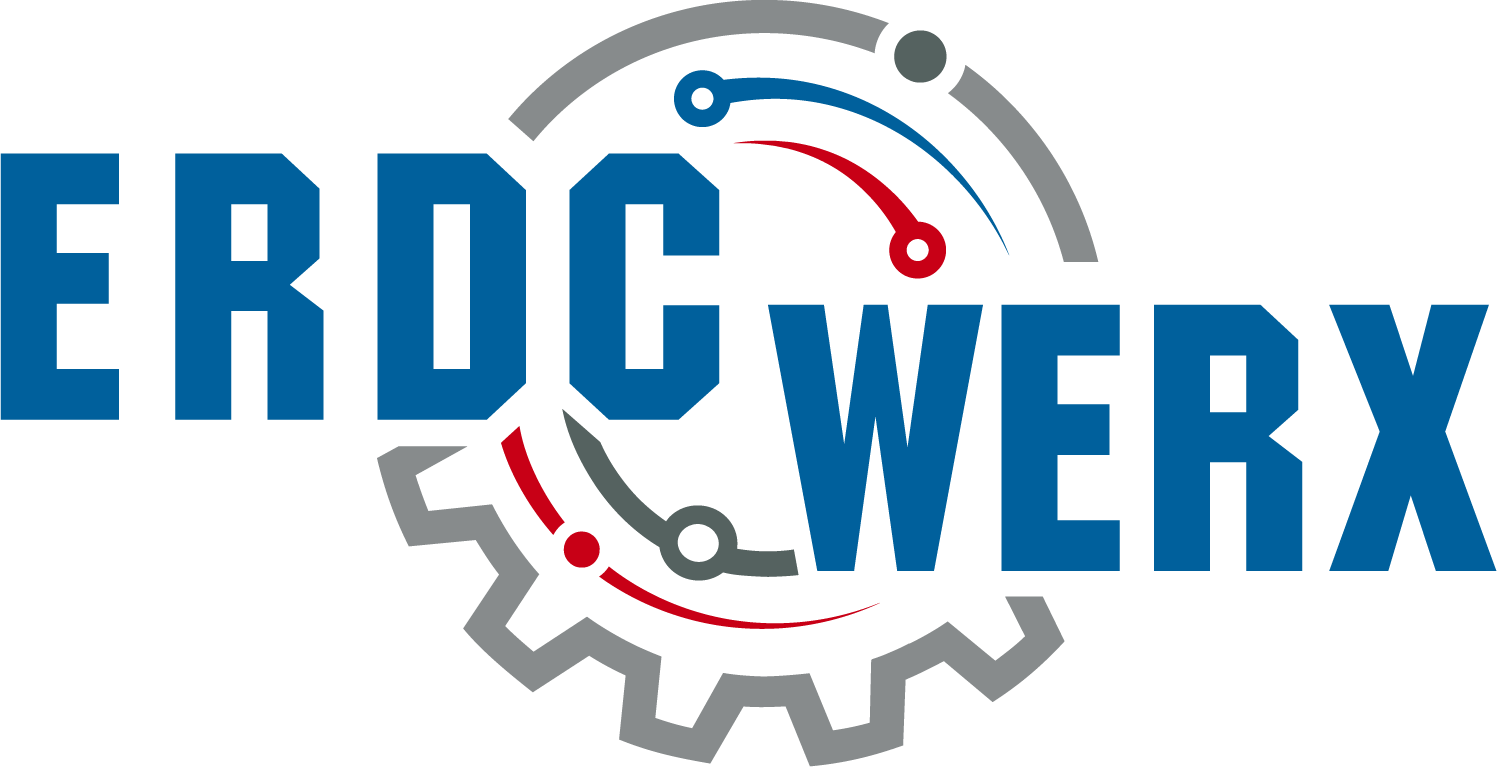Overview
The U.S. Army Engineer Research and Development Center (ERDC) is seeking information from industry on the ability to produce a lab-developed biopolymer made from the Rhizobium tropici (RT) bacterium. Industry submissions will inform ERDC’s interest to determine the potential for producing and delivering this biopolymer solution into the marketplace.
Project Manager
Geotechnical and Structures Laboratory (GSL), U.S. Army Engineer Research and Development Center (ERDC)
Project Objective
The objective of this project is to identify business entities that can commercially produce an ERDC-developed RT-based biopolymer on a large scale. This includes production limits, costs, shipping and delivery, and how well the commercial product meets technical needs. ERDC intends to determine whether it’s possible to produce this biopolymer solution at prices that compete with alternative products.
Background and Operational Scenarios
Invented by ERDC, this RT biopolymer helps connect soil particles and supports plant roots. It has been shown to increase soil strength and improve root growth in both lab and field testing. Only a small amount (less than 0.5% by weight) is needed to improve plant root mass and help prevent soil erosion. The biopolymer can be used over large areas, making it ideal for field use. This product may be used to strengthen soil along earthen flood control levees. Stronger soil will help prevent slopes from failing during heavy rainfall or flooding. Multiple districts of the U.S. Army Corps of Engineers (USACE) districts have expressed a high level of interest in this solution.
This gel-like material has been studied since the early 2000s. It has demonstrated improvements for soil water retention, strength, erosion resistance, and plant health. It also helps roots grow deeper and stronger. Field tests have taken place at Kauffman Levee System, Iowa Army Ammunition Plant (IAAP) and Mississippi River Levee – West Bank. At Kauffman, treated areas had root systems 20 times deeper than untreated areas and showed a 223% increase in grass growth. At IAAP, areas that received two treatments of RT showed no slope failure in over 12 years. The soil in those sections is now so dense that collecting samples is difficult.
Requirements
These and other details will be required and can be viewed in the white paper template:
- Able to produce the same type of RT biopolymer as defined in patent number ATCC 49672
- Be able to manufacture at least 10,000 gallons (or equivalent in higher concentration) of the biopolymer fluid
- Offer a production cost that competes with traditional products like lime
- Be able to transport the product to project sites across various locations
- Provide product demonstrations and support testing efforts as requested by ERDC
Estimated Government Funding Profile
ERDC considers this to be a Request for Information (RFI) only and any response is not an offer. This project does not commit the Government or ERDCWERX to pay any costs incurred in preparation of a response or guarantee a contract. Up to $250,000 may be available to support demonstration projects and product use.
Estimated Period of Performance
After vendor selection, three months is anticipated for demonstration.
Expected Result
ERDC will learn about the current industry capability to produce RT biopolymer at scale. This includes production limits, costs, shipping and delivery, and how well the commercial product meets technical needs.
Submissions may be shared as appropriate with other ERDC stakeholders. The government has the authority to decline all submitted proposals.
Notional Project Schedule
Proposed project milestones include:
| November 18, 2025 | Project Announced, Submissions Open |
| December 5, 2025 | Question Period Ends, FAQ Document Finalized |
| December 12, 2025 | Submissions Close |
| December 15, 2025-January 9, 2026 | Review Period, Virtual Pitch Hosted (if needed) |
| January 16, 2025 | Offerors Notified of Potential Next Steps |
*Dates may vary to accommodate the project team and participant availability. The government may accelerate the pre-proposal review/feedback timeline, and therefore also require earlier delivery of full proposals.
How to Participate
- Submit specific details by providing a white paper (download template)
- Review FAQs
- Once solution is ready to submit, complete the submission form
Questions: Please send all technical and administrative questions using this form. Q&A will be updated periodically. It is the responsibility of the offeror to review Q&A prior to submitting.


